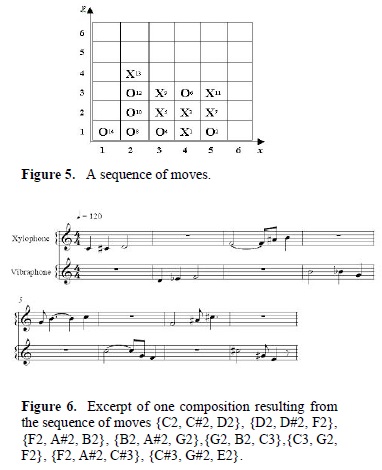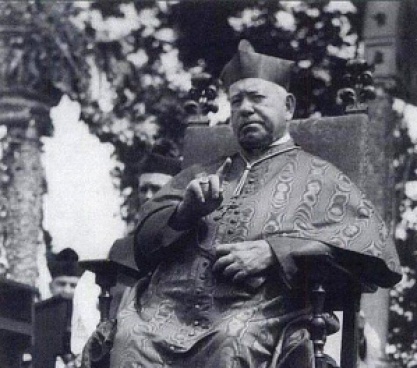Although Stravinsky’s transplantation to the glamour-conscious culture of Los Angeles may have seemed completely out of character, he genuinely thrived there. Still, his inability to relinquish control made it impossible for him to work as a film composer, despite his efforts to break into the business.
The notable exceptions are his associations with Walt Disney, who used excerpts from the composer’s works for several films—most notably Le sacre du Printemps for Fantasia—before they had a falling-out over financial arrangements.
This according to “The would-be Hollywood composer: Stravinsky, the literati, and the dream factory” by Charles M. Joseph, an essay included in Stravinsky inside out (New Haven: Yale University Press, 2001, pp. 100–131). Below, the Rite of spring segment in its entirety.
Related articles:












